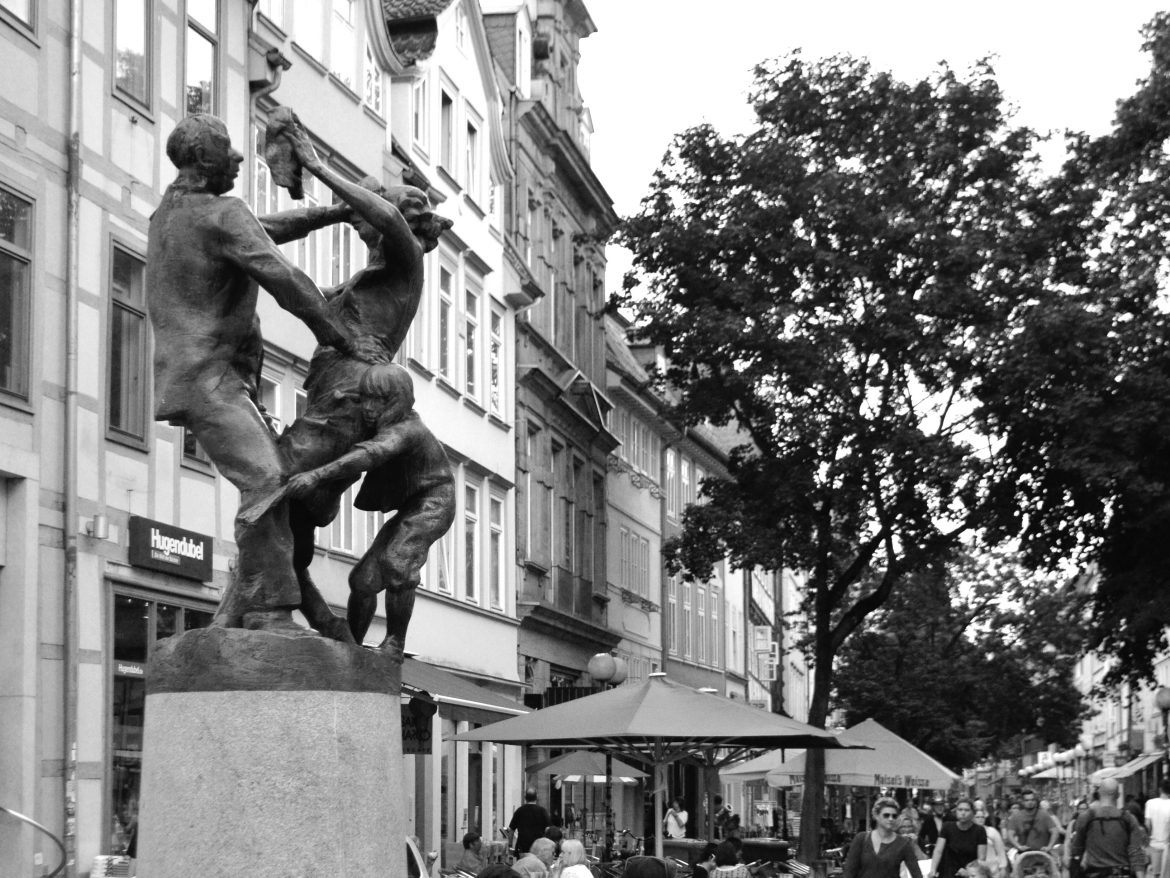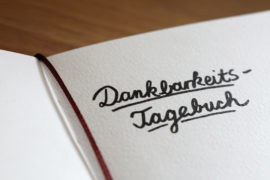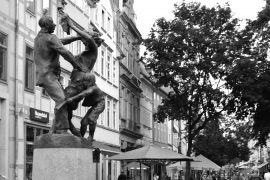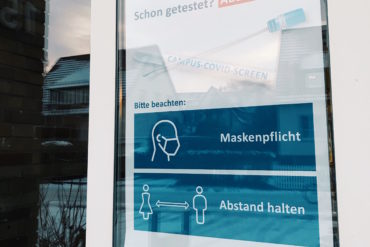These anecdotes and insider stories help you jazz up the next obligatory sightseeing tour with your parents or friends.
“Nabel” – what is that?
How long did it take you to figure what the “Nabel” was? I lived in Göttingen for a year without knowing what everybody was referring to as the “Nabel”. Then I realised it was just the name of the intersection between Weender-, Theater- and Prinzenstraße, the central point of Göttingen. On the round bench in the middle of the intersection, you often see people taking a rest from shopping, and at the entrance of Theaterstraße you can listen to accordeon music. The “Nabel” is a meeting point just as the Gänseliesel is. But what about the sculpture on the pedestal above the bench? When I look at it I just see a man, a woman and a child, holding on to each other in order not to fall down onto the seated pedestrians beneath them. According to the city’s homepage though it is “a couple rotating around itself, mutually taking off their masks, while the child thrusts itself into them, desiring to be part of the amusement”. “Der Tanz” (“The dance”) by Bernd Altenstein is meant to be a symbol for human togetherness and getting together.
From another perspective
In the book “Kleines Göttingen ABC” by Gudrun Keindorf I found an interpretation that I actually like way better: Until the beginning of the 70s, the Nabel looked quite different. Instead of a relaxed pedestrian zone there was annoying traffic. When residents came out of their door they were immediately confronted with heavy traffic. No surprise people were dancing on the street when a pedestrian zone was established there. “Der Tanz” is said to be a monument reminding of this spontaneous party. The town’s archive’s staff tells me that this story is questionable. “Firstly, not many people lived at the Nabel at that time. Very much like today, it was predominantly a shopping zone. Secondly, the pedestrian zone was established gradually in a smooth transition, there was no official opening. To me it seems as if people are looking for a historical explanation of the sculpture much after the fact”, says Ernst Böhme from the town’s archive.
The adventurous life of the “Baumkuchen”
“Der Tanz”, that was placed in 1982, wasn’t the first artwork at the Nabel. In 1975, a fountain was installed there: A pillar out of plexiglass with a height of five meters. The water flowed down the pillar into a round basin. Because of its shape it was called “Baumkuchen”. Baumkuchen is a traditional German cake that is baked in layers, which look similar to the annual rings of a tree. The “Baumkuchen” had a really adventurous life. Four hours after the installation, “rowdies” had destroyed the pillar completely, according to the Göttinger Tageblatt. Half a year later it was resurrected. From that day on the water was regularly coloured pink, violet or yellow by unknown perpetrators. In addition, algae started to grow in the basin – the range of colours expanded unintentionally. The town’s administration and most of its population were not amused. Herupon the pillar was removed and went down in history as a “sad chapter of Göttingen’s history” (that’s how the former building officer called it). A competition for the rearrangement of the Nabel was declared. “Der Tanz” by Altenstein won and has been an integral part of the Nabel for 35 years, without causing offense.
Source of pictures: Städtisches Museum Göttingen















